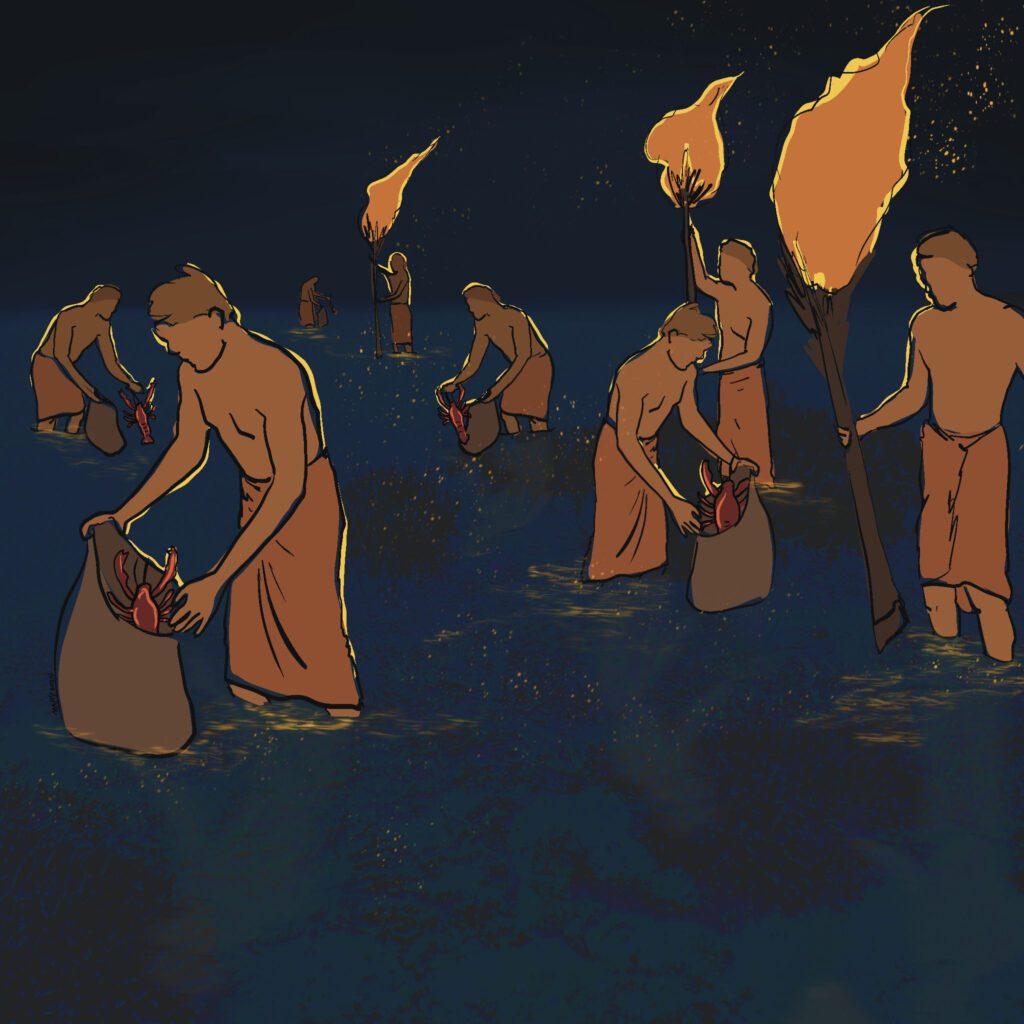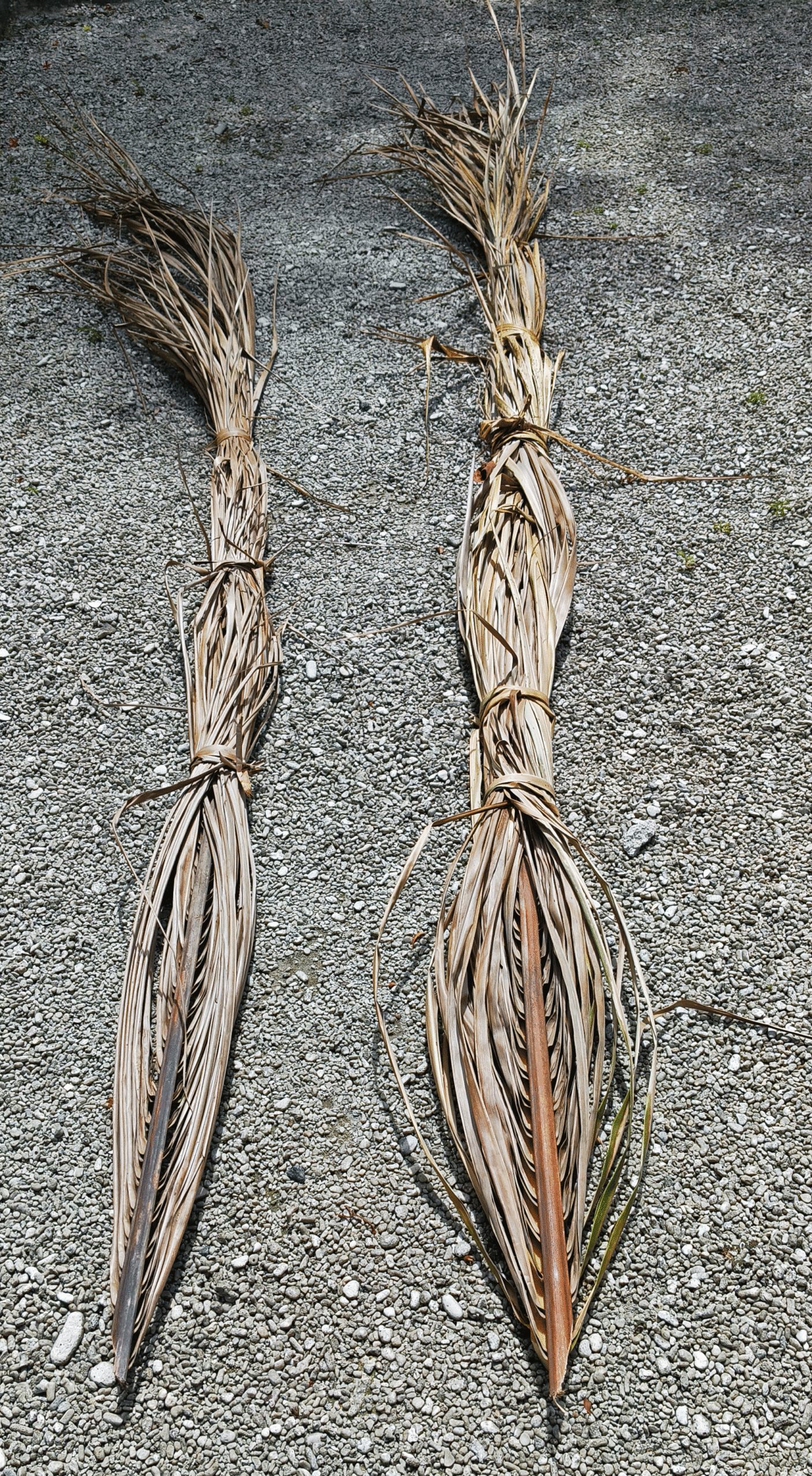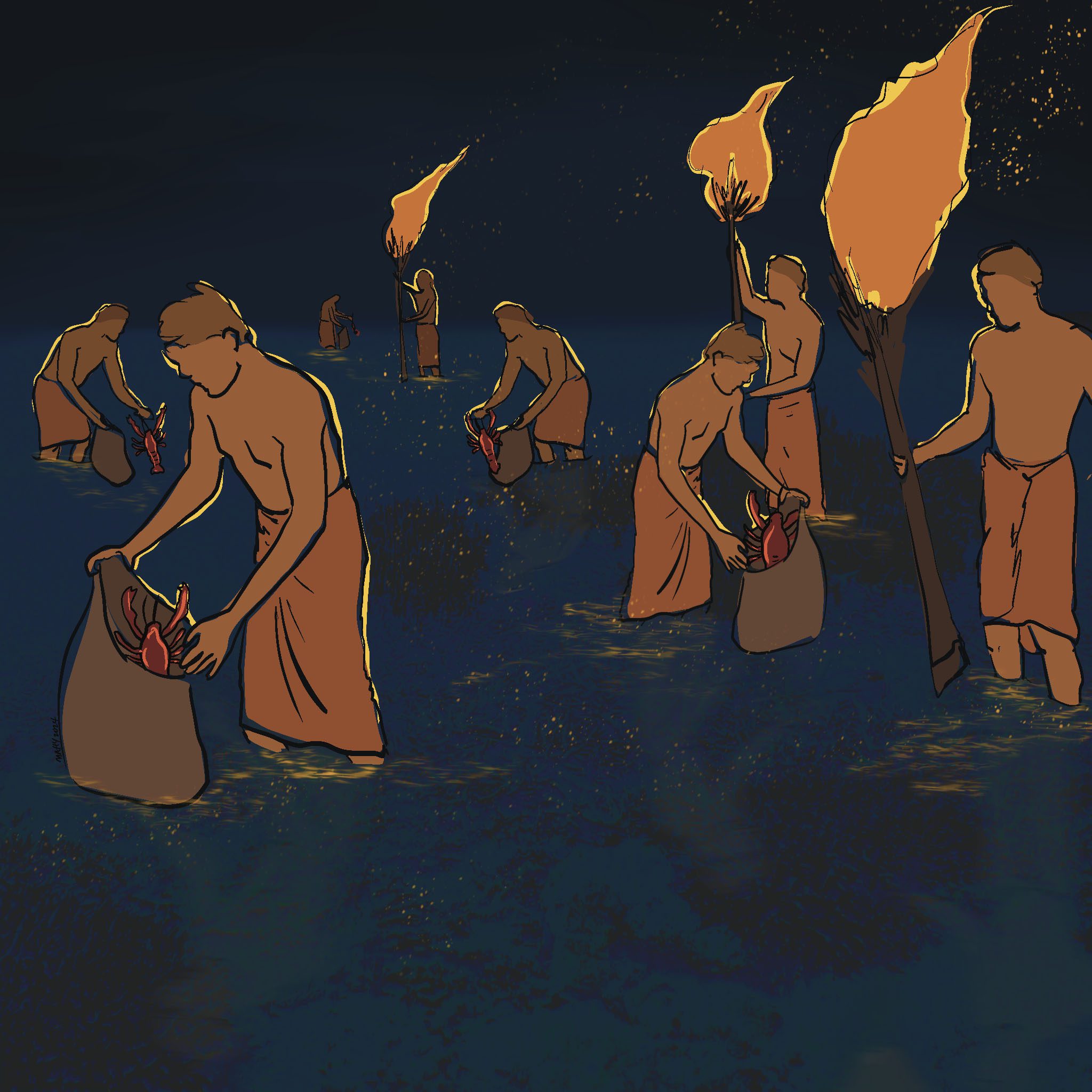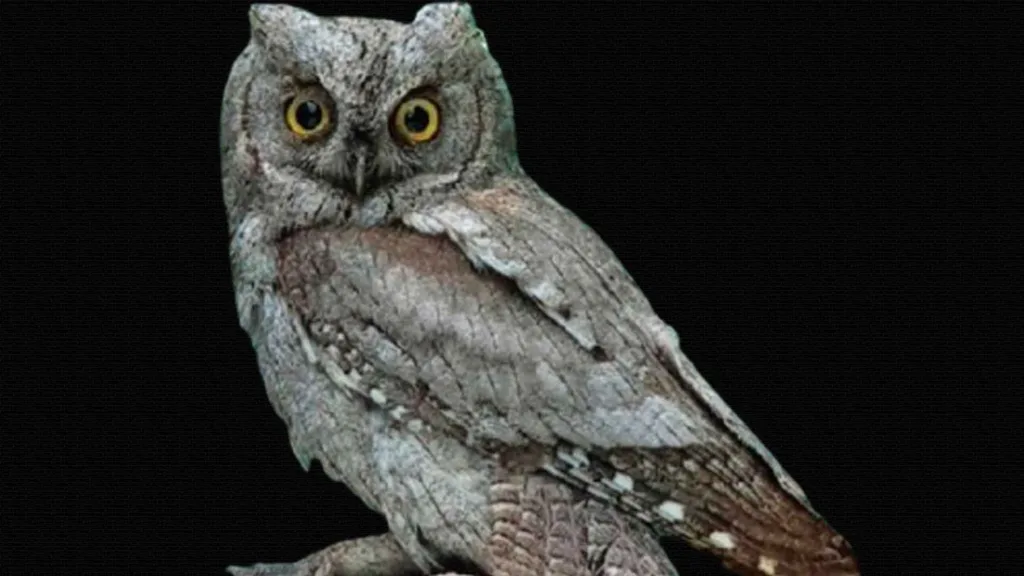
When it comes to staying alive, man has always been a mastermind. He uses every available tool in his quest for survival and adaptation. In the Maldives, Fuvahmulah stands alone as an atoll with just one island. If you stand anywhere on the island’s beach and gaze out to sea, you won’t see any other islands or lagoons in the vicinity. Addu Atoll is the nearest island, situated about 75 kilometers from our location.
Fuvahmulah is home to a long and storied past. The island’s economy is based on agriculture. Additionally, our way of life depends on fishing. The island’s culture revolves around its unique and fascinating fishing methods. This is a record of our lobster-catching method.

We use fire to capture lobsters. “Hulhu bendhegen” is what we name it. In complete darkness, this is a way to capture lobsters at night. Ideally, total darkness would conceal the reef. The moon shouldn’t be visible. Lobstermen typically congregate in groups of five to ten. Dry, compressed coconut palm leaves were bundled and set ablaze.
The above Instagram video shows a grilled lobster. We grill the lobsters on the beach and eat them fresh.
The groups went to the shore during low tide and used these massive fire “balls” to navigate the fore reef. Fires would be burning in two or three thatches. In this group, members followed the rays of light cast by the flames. A large portion of the reef would be lit up by the flames. The shallow water will be easily discernible to lobstermen. After catching the lobsters, they placed them in big sacks. A single night’s catch for the eager group typically ranges from fifty to one hundred lobsters.
According to the elderly, residents have used this practice for decades. Most people assume that the islanders initiated this practice first. The effulgence from the brilliant fireballs illuminates a wide region of the reef, making this a highly effective method of catching lobsters. This traditional method of catching lobsters inspires us, as it is a part of our local heritage.

This is a rewarding endeavor. Every time they returned from a lobster hunt with a large haul, their sense of accomplishment increased. It is not straightforward to find and choose bait that will attract lobsters. We have not verified the use of a glowing light to entice lobsters. They were simply located by means of this light-emitting method. And maybe the bright light “blinds” the lobsters, which makes them “dead ends” where lobstermen can catch them.
It’s possible that light doesn’t attract lobsters. Researchers from the University of Exeter examined the efficacy of light-attracting lobsters. Within the experiment, they employed light-emitting diodes (LEDs). It became clear that the amount of crabs and lobsters caught in their traps was unaffected by lighting (Fitzner, 2022).




